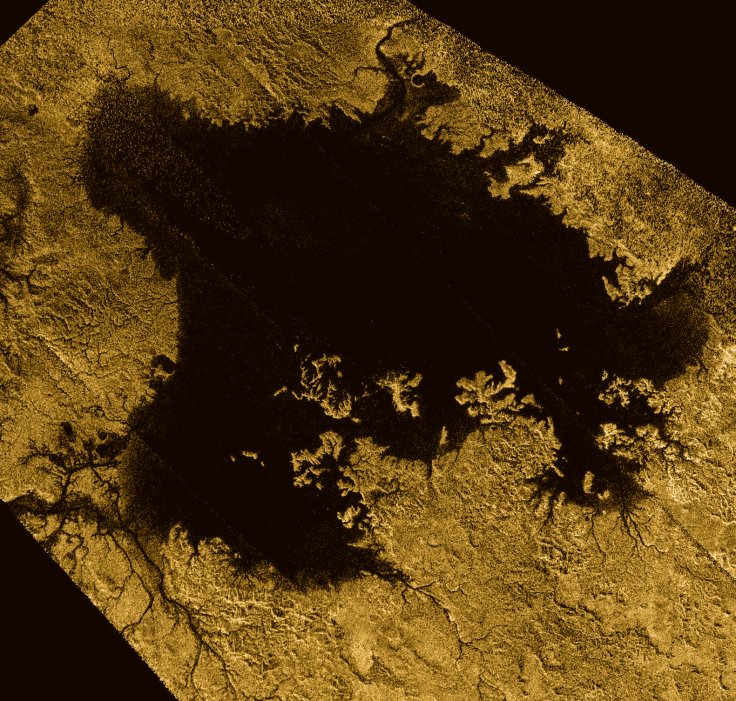
A team of scientists at the Johns Hopkins University's Applied Physics Laboratory is apparently planning to explore Saturn's moon Titan completely by landing a drone on the hazy space body's surface.
The mission has been named Dragonfly, and it aims to explore the potentially habitable sites on Titan. The team involved in this mission believes that the moon's low gravity and a thick atmosphere will help to explore multiple locations using the drone.
"We didn't know how Titan worked as a system before Cassini got there. We had tantalizing hints, but Cassini and Huygens really took it from being this mysterious moon to being a place that is incredibly familiar," Elizabeth Turtle, principal investigator for Dragonfly and scientist at Johns Hopkins University told Space.com.
The mission concept has been already submitted before NASA, and if the United States space agency accepts this proposal, things will soon take shape. In last December, the Dragonfly team had submitted a detailed report to NASA, and they are expecting a decision from the US space agency this summer.
If NASA accepts the proposal, the Dragonfly mission would be launched in 2025, and it will touch down Saturn's moon by 2034, after a nine-year journey.
"Not only is this an incredibly exciting concept with amazing, compelling science, but also, it is doable — it's feasible from an engineering standpoint," Melissa Trainer, Dragonfly's deputy principal investigator, and scientist at NASA told Space.com.
Titan is Saturn's biggest moon, and it is the only moon in the solar system with a dense atmosphere. Many experts believe that Titan might have been holding some kinds of life, at least in microbial form, as there are stable bodies of surface liquid in this space body. As the Dragonfly team is planning to send a drone to Titan, more exclusive details about this cosmic body will be unveiled in the coming years.








